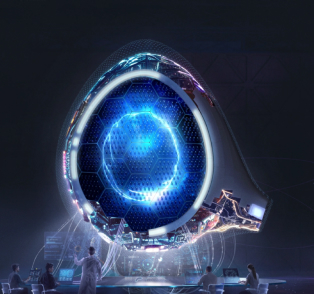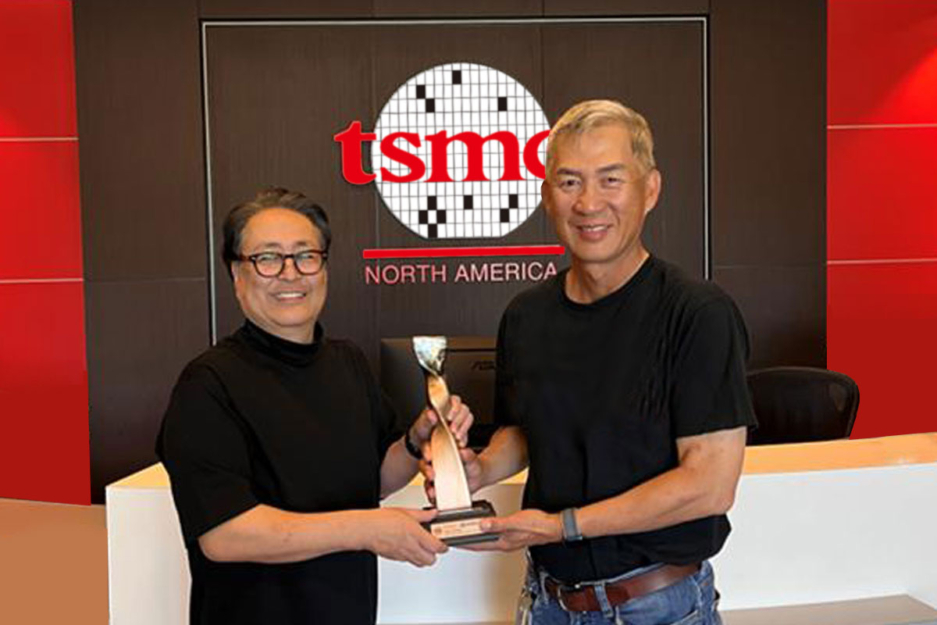
VIPs swarmed to KSC in the times ahead of the launch. Von Braun arrived on November 6, scheduled for an exclusive executive meal and meeting that evening. NASA executives, figures from marketplace, Congressional leaders and diplomats also arrived for your start.[forty one] Each NASA Centre concerned experienced a summary of VIP friends, as did NASA headquarters in Washington, and duplications ended up sorted out so Every single Heart's director could invite friends Individually. They viewed the start from uncovered bleachers close to the VAB. NASA put in place press headquarters in Cocoa Seaside, where by media representatives were accredited, and available excursions of KSC to browsing journalists, in addition to a 50 percent-hourly shuttle assistance.
On arrival for the Vertical Assembly Constructing, Every phase was inspected in a horizontal place in advance of currently being oriented vertically. NASA also made substantial spool-formed structures that may be employed in place of levels if a specific stage was delayed.
With as much as 2MB of MRAM and 2.75MB of SRAM, the Apollo4 Plus has more than sufficient compute ability and storage to deal with complex algorithms and neural networks though exhibiting vivid, crystal-distinct, and sleek graphics.
[157] Inside a 2010 interview, Armstrong spelled out that NASA constrained the first moonwalk's time and distance for the reason that there was no empirical proof of just how much cooling h2o the astronauts' PLSS backpacks would consume to deal with their entire body heat era when focusing on the Moon.[162] Lunar ascent
All through splashdown, Columbia landed the wrong way up but was righted in 10 minutes by flotation bags activated through the astronauts.
They jettisoned Eagle just before they done the maneuvers that propelled Columbia outside of the final of its thirty lunar orbits on to a trajectory back to Earth.[nine] They returned to Earth and splashed down during the Pacific Ocean on July 24 right after much more than 8 times in House.
NASA's Apollo Web page Collection Board introduced five possible landing sites on February eight, 1968. These have been the result of two years' truly worth of reports determined by substantial-resolution pictures from the lunar floor via the 5 uncrewed probes of your Lunar Orbiter method and specifics of surface area ailments provided by the Surveyor software.
Intelligent wearables actively playing an increasingly pivotal role in the growth of the Internet of Factors (IoT) sector. As more people adopt these devices, the level of knowledge remaining collected and analyzed is developing exponentially, informing every thing from customized health and Health and fitness recommendations to a lot more economical provide chain management.
Specified Ambiq's reducing-edge technology, we see numerous chances forward. We've been excited to additional bolster our romance with Ambiq being an ecosystem husband or wife inside our PlanetSpark Innovation Centre1. These kinds of collaborations are going to be crucial amidst this era for us to deepen our arrive at into different markets."
Because the chance to combine wi-fi conversation with additional sensors and computing ability onto just one very small chip carries on to increase in wearable devices, Ambiq has and may carry on to look into new strategies to realize the last word target of the intelligent, connected globe.
July 1969. It’s somewhat more than 8 several years since the flights of Gagarin and Shepard, adopted speedily by President Kennedy’s problem To place a man over the moon prior to the ten years is out.
[a hundred and ten] Mission Ambiq sdk controllers had prepared to mail Apollo twelve's S-IVB into solar orbit following separation from the Apollo spacecraft, however it is thought the burn off lasted much too long, and consequently did not ship it shut more than enough to the Moon, so it remained in a barely stable orbit across the Earth and Moon. In 1971, through a series of gravitational perturbations, it really is thought to get entered in the solar orbit and then returned into weakly captured Earth orbit 31 years later. It left Earth orbit again in June 2003.[111] See also[edit]
The warmth shield was upgraded to dam II benchmarks considering the fact that Apollo four's higher-velocity re-entry into Earth's environment was intended to simulate a return from the Moon.[29] Special devices had been installed to allow Mission Manage to work the CSM's techniques remotely, and there was a camera that could instantly take pics from on the list of CM's Home windows on its final orbit.[thirty] Given that Apollo 4 carried no crew the CM lacked couches, controls and shows.[31]
providing the Apollo spacecraft by using a totally free-return trajectory, one particular that would enable it to Coastline around the Moon and securely return to Earth devoid of requiring any engine firings need to a dilemma arise on the best way into the Moon;

Get Smart. Use Less Energy.
Ultra-low power SoCs for IoT endpoint devices
that demand complex operations
and longer battery life.
✍ Ambiq® is committed to further improve the quality of life by enabling the intelligence of endpoints while further reducing carbon footprints. Ambiq – your partner in endpoint intelligence.
✯✯✯Based in Austin, San Jose, Hsinchu, Shenzhen, and Shanghai, our leadership and management teams consist of advocates, builders, enthusiasts, entrepreneurs, explorers, incubators, inventors, pioneers, protectors, thinkers, and visionaries. With a diverse spectrum of experiences and skillset, we came together and united with one goal to enable the true Internet of Things where the battery-powered endpoint devices can truly be connected intuitively and intelligently 24/7.
Ambiq Wins the Demo of the Year Award at 2023 TSMC Technology Symposium
September 7, 2023, Austin, TX – Ambiq®, a leading developer of ultra-low-power semiconductor solutions that deliver a multifold increase in energy efficiency, was awarded the Demo of the Year Award by TSMC as a participant of the Innovation Zone at the 2023 TSMC North America Technology Symposium.
Ambiq Wins the Demo of the Year Award at 2023 TSMC Technology Symposium
During the April event, Ambiq showcased various product design wins using TSMC’s 22nm technology in wearables, digital health, smart home, Industrial IoT, pet trackers, and retail segments, with industry-leading energy efficiency. Ambiq also featured two live demos emphasizing its leadership in enabling endpoint AI with its HeartKit™ for remote patient monitoring and its graphics display capabilities for a vivid user interface.

TSMC pioneered the pure-play semiconductor foundry business model when it was founded in 1987, helping startup companies accelerate their innovations by providing access to the industry’s leading process technologies and manufacturing capacity. Since 2021, TSMC has expanded that mission with an Innovation Zone at its worldwide Technology Symposiums, highlighting Apollo 4 plus how TSMC partners with startup companies to enable cutting-edge products from various applications, including high-performance computing, communication, automotive, IoT, and consumer segments.
“We’re grateful to TSMC and our booth visitors for allowing us to share our energy-efficient technology and processor solutions with them,” said Ambiq’s CEO, Fumihide Esaka. “We’re moving towards an exciting frontier of AI becoming more engrained with our daily lives. With that vision on the horizon, we will continue to develop innovative and first-of-its-kind ultra-low-powered solutions that keep innovation and sustainability in mind.

Ambiq’s mission is to develop the lowest-power semiconductor solutions to enable intelligent devices everywhere by developing the lowest-power semiconductor solutions to drive a more energy-efficient, sustainable, and data-driven world. Ambiq has helped leading manufacturers worldwide develop products that last weeks on a single charge (rather than days), while delivering a maximum feature set in compact industrial designs. Ambiq’s goal is to take Artificial Intelligence (AI) where it has never gone before in mobile and portable devices, using Ambiq’s advanced ultra-low power system on chip (SoC) solutions. Ambiq has shipped more than 200 million units as of March 2023.
Ambiq Designs Low-Power for Next Gen Endpoint Devices
Ambiq’s VP of Architecture and Product Planning, Dan Cermak, joins the ipXchange team at CES to discuss how manufacturers can improve their products with ultra-low power. As technology becomes more sophisticated, energy consumption continues to grow. Here Dan outlines how Ambiq stays ahead of the curve by planning for energy requirements 5 years in advance.
Ambiq Highlights From Embedded World 2024
Facebook | Linkedin | Twitter | YouTube